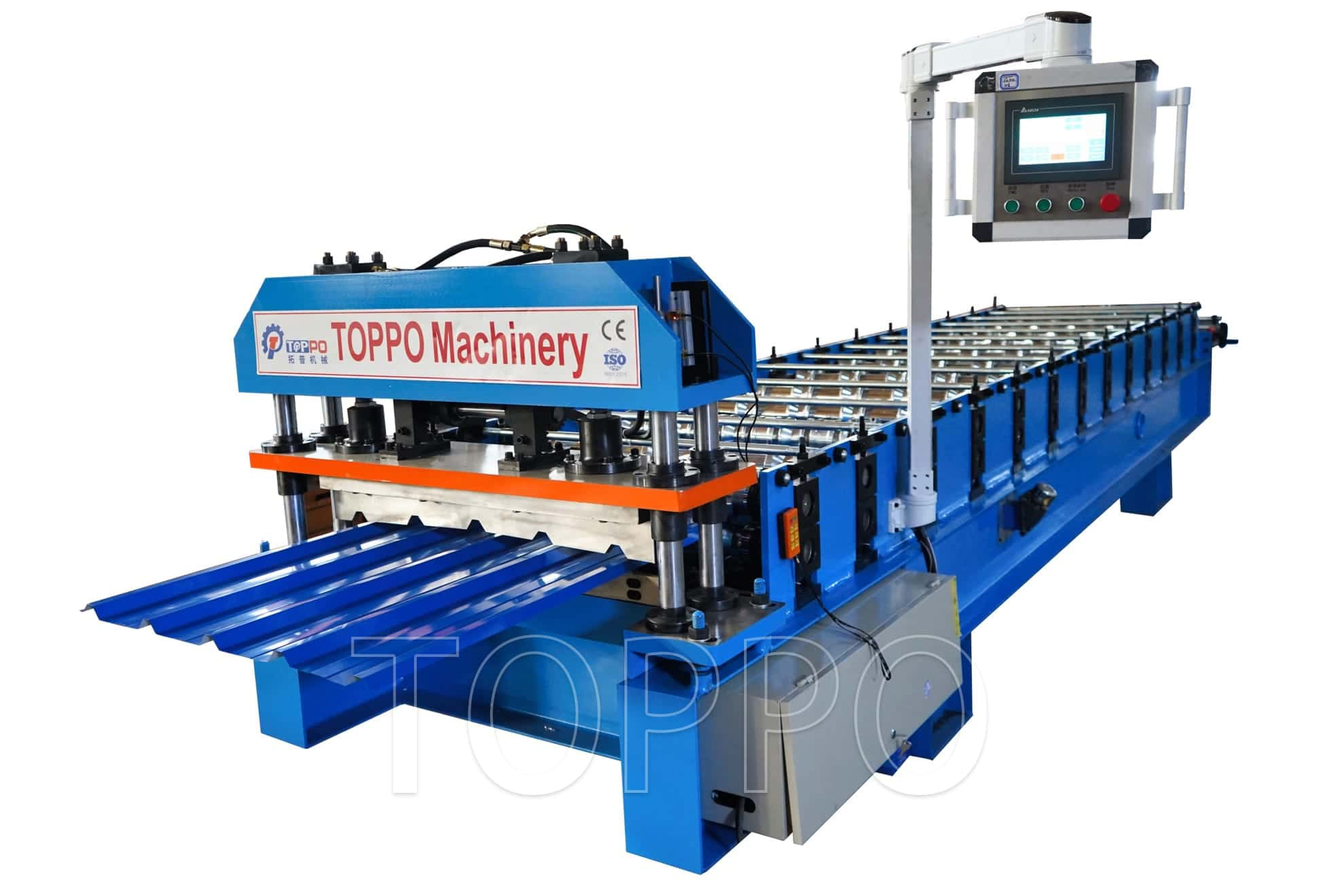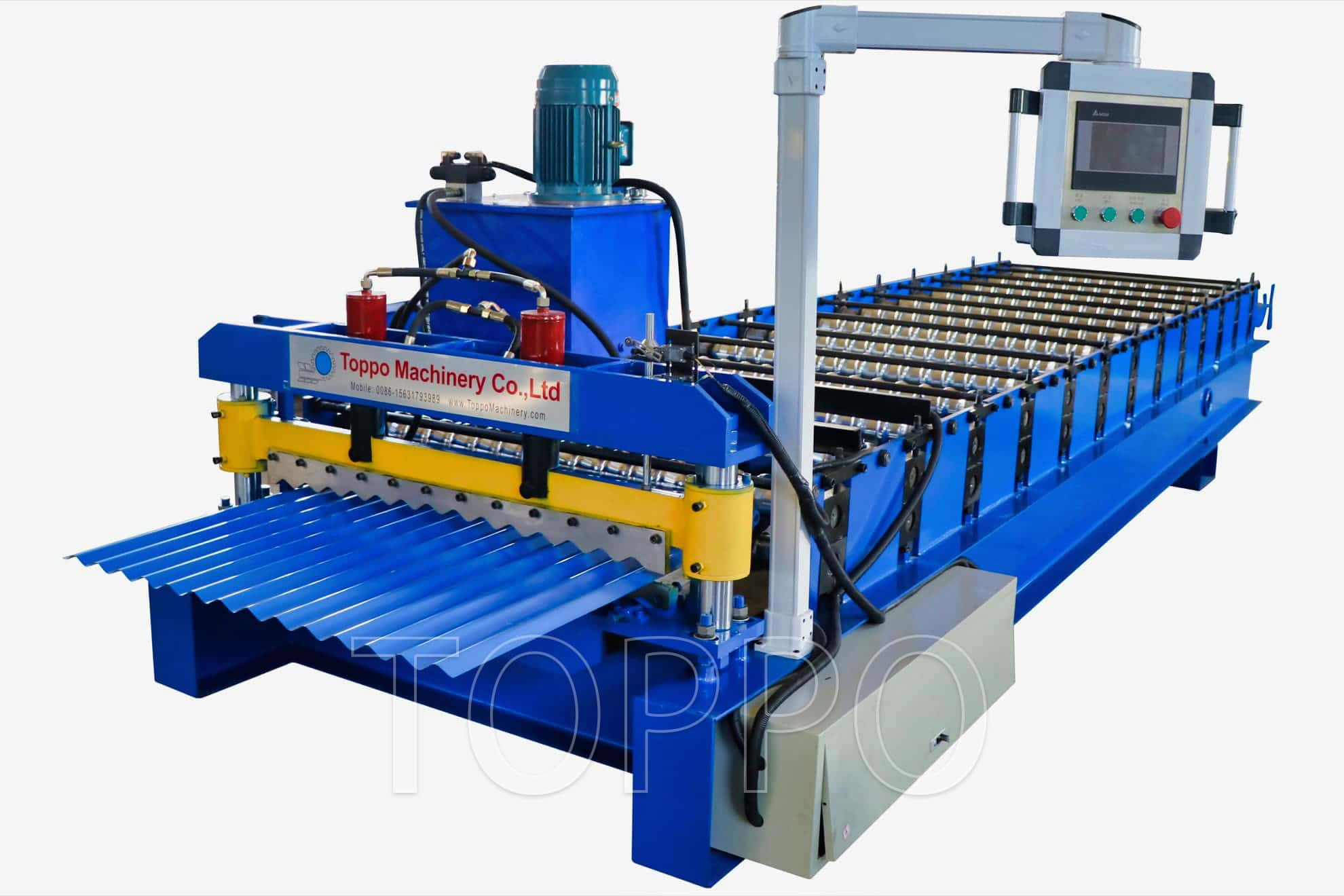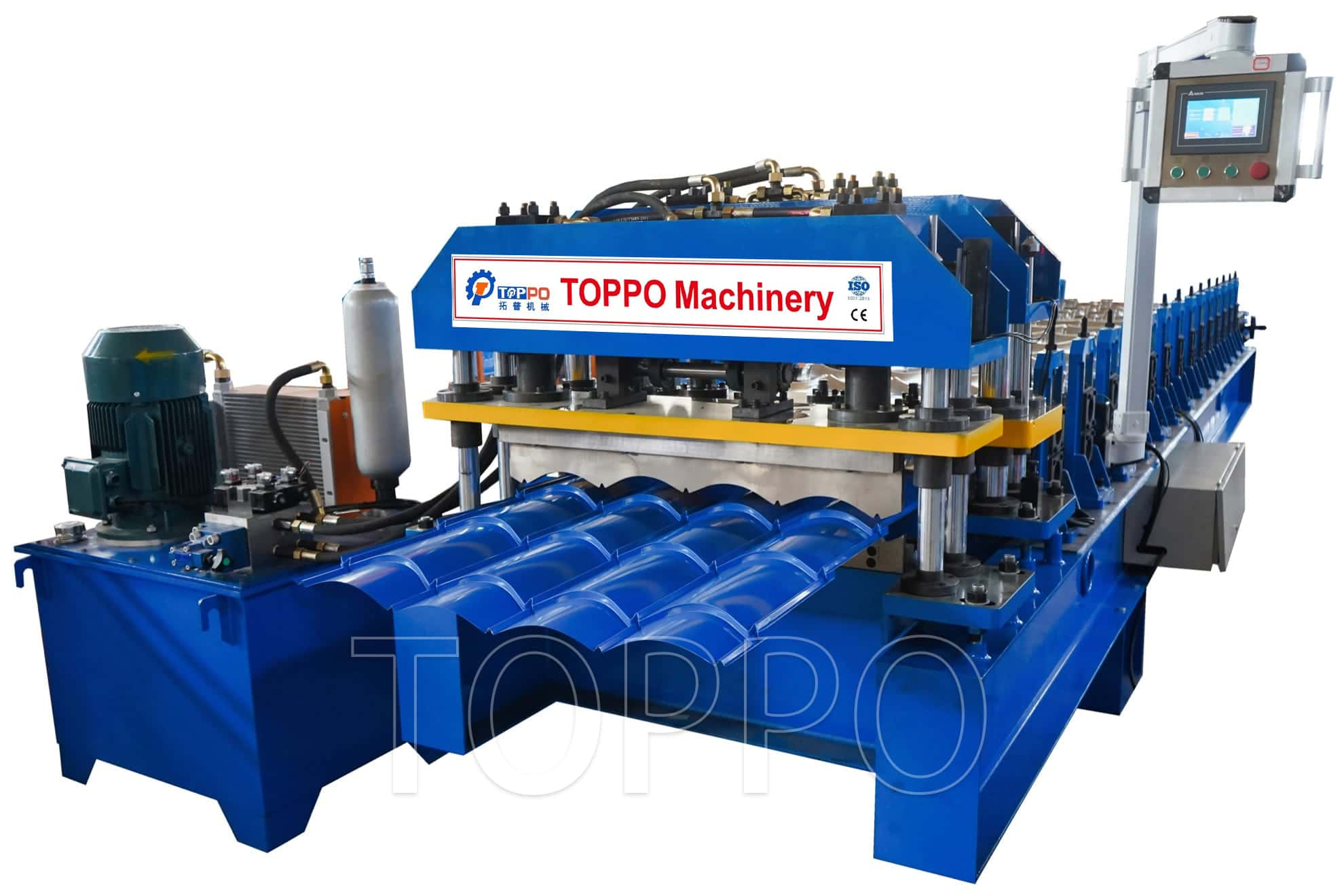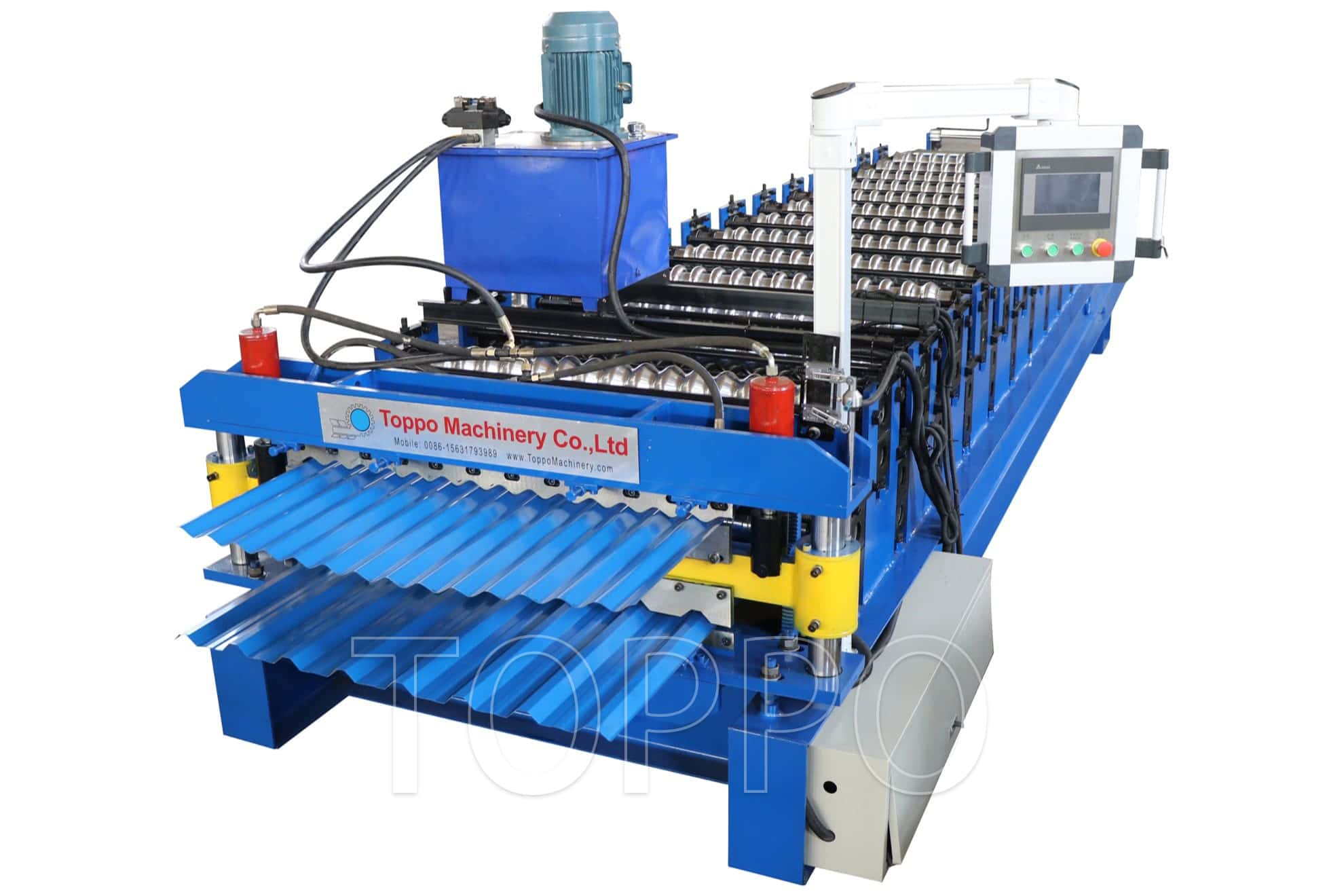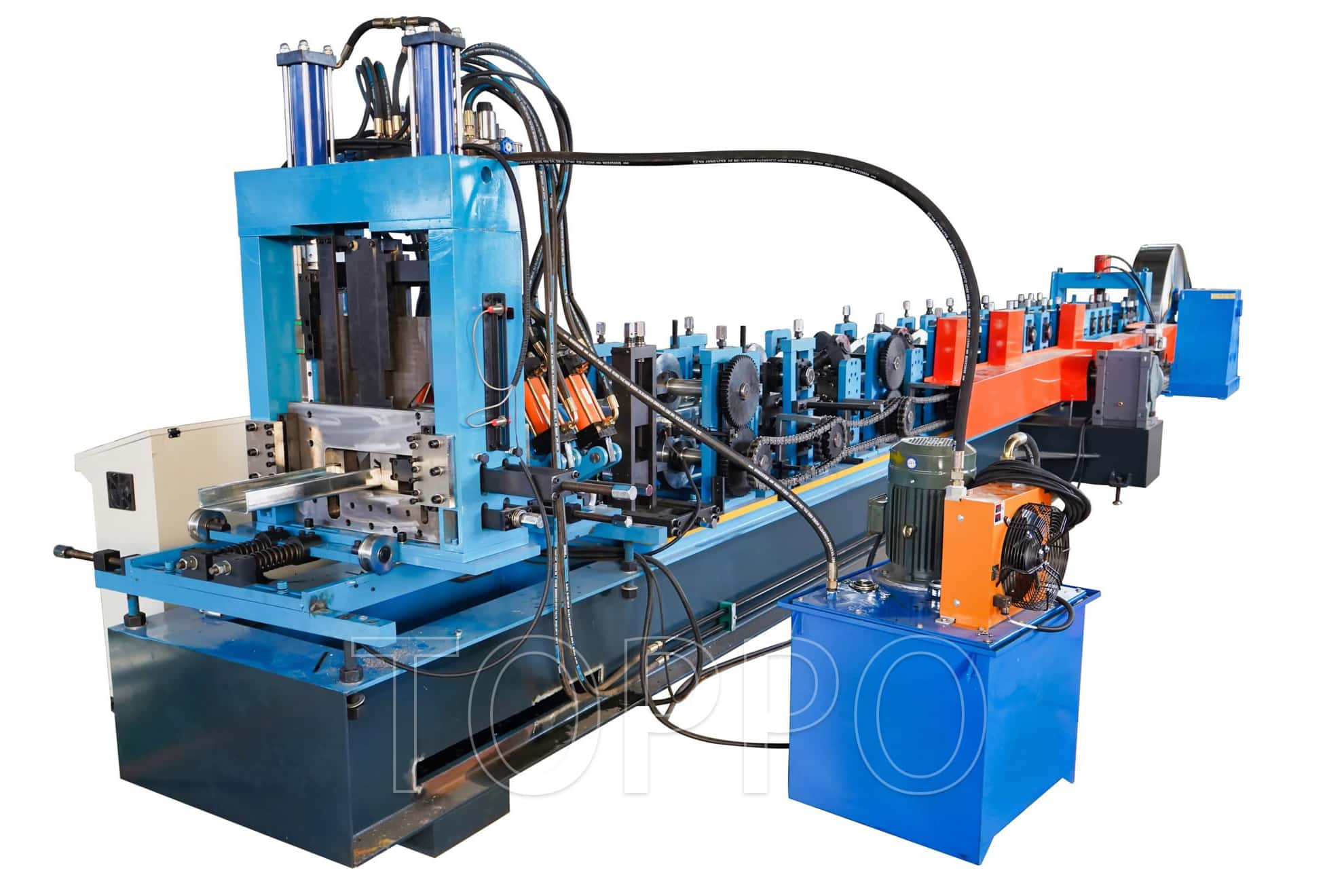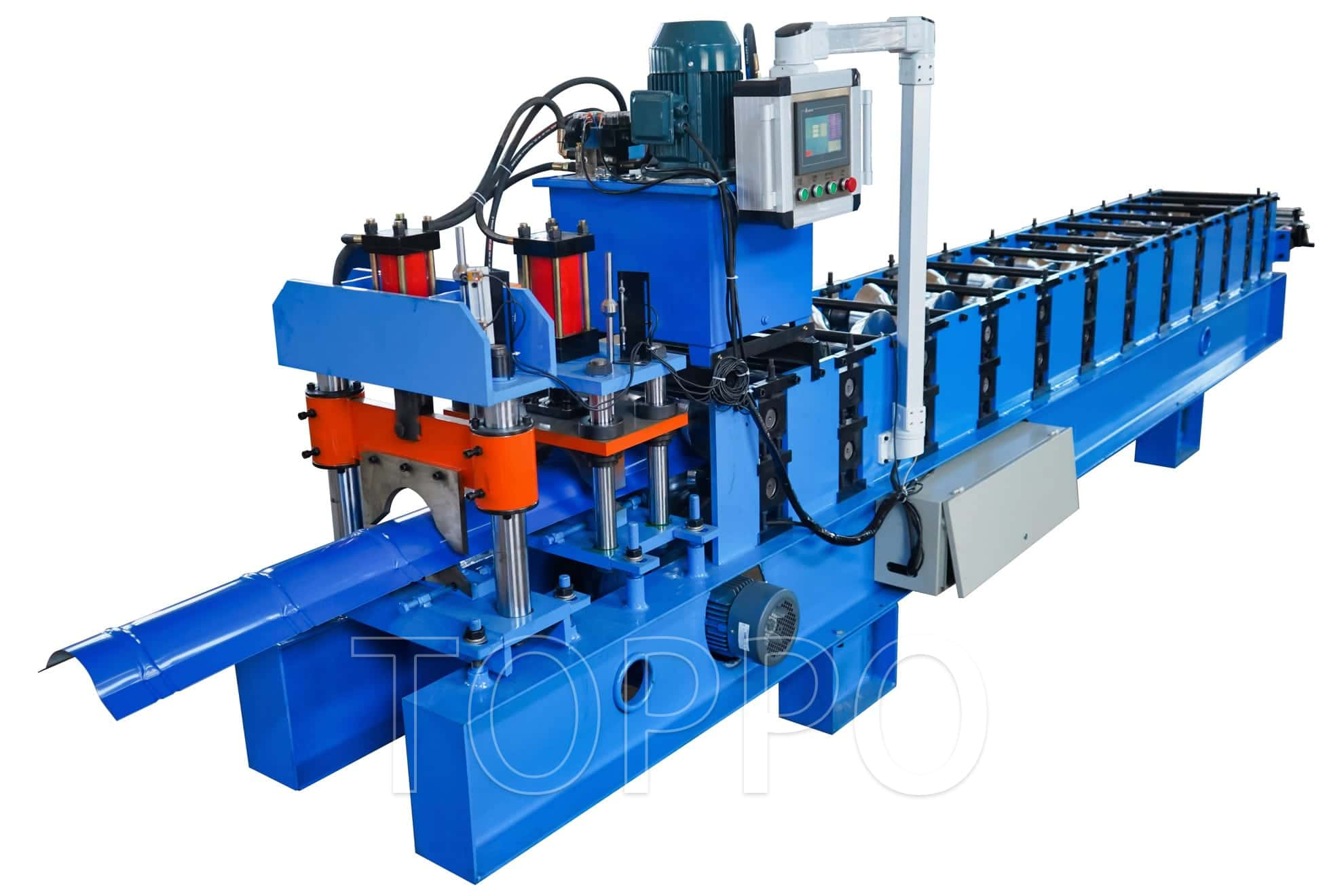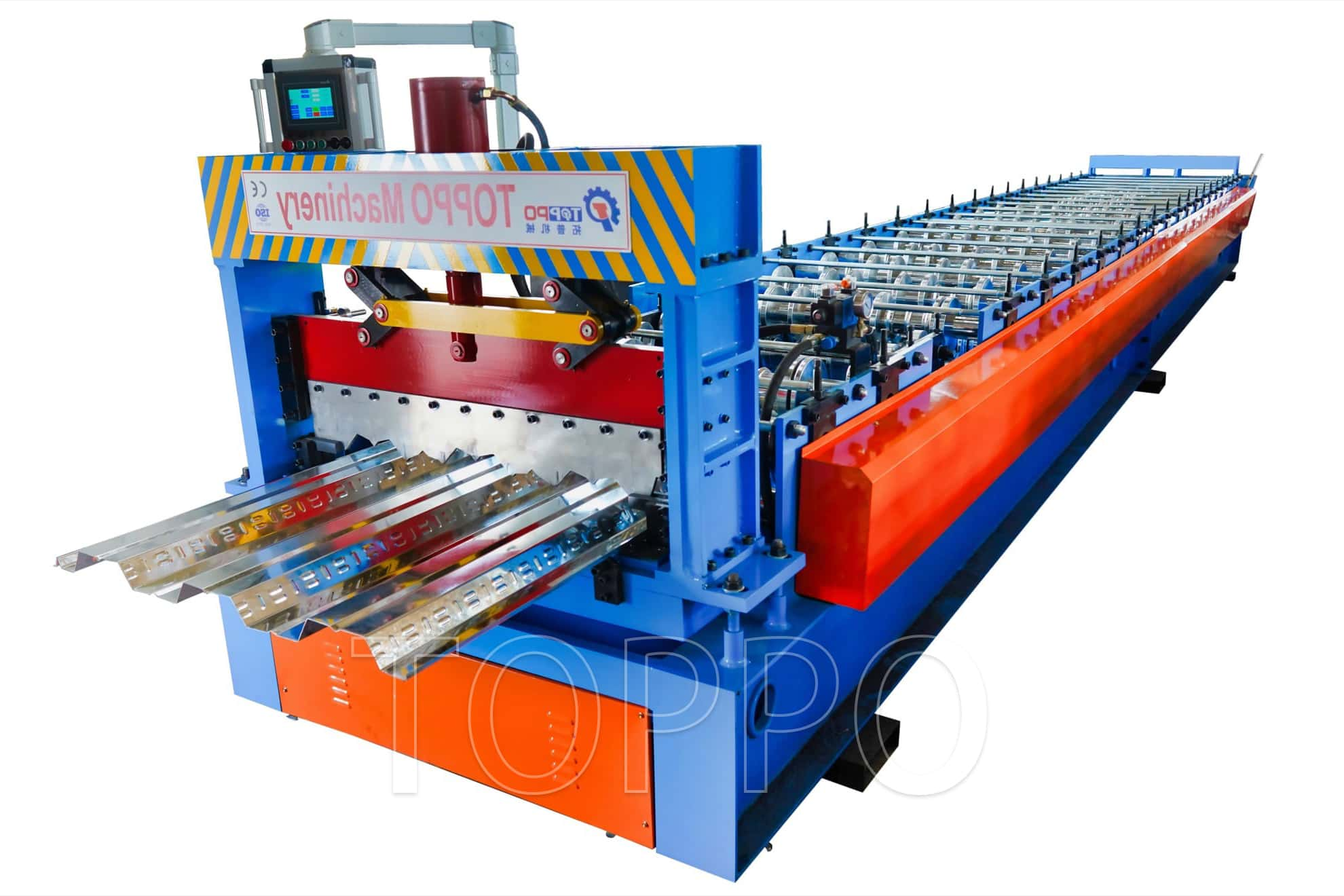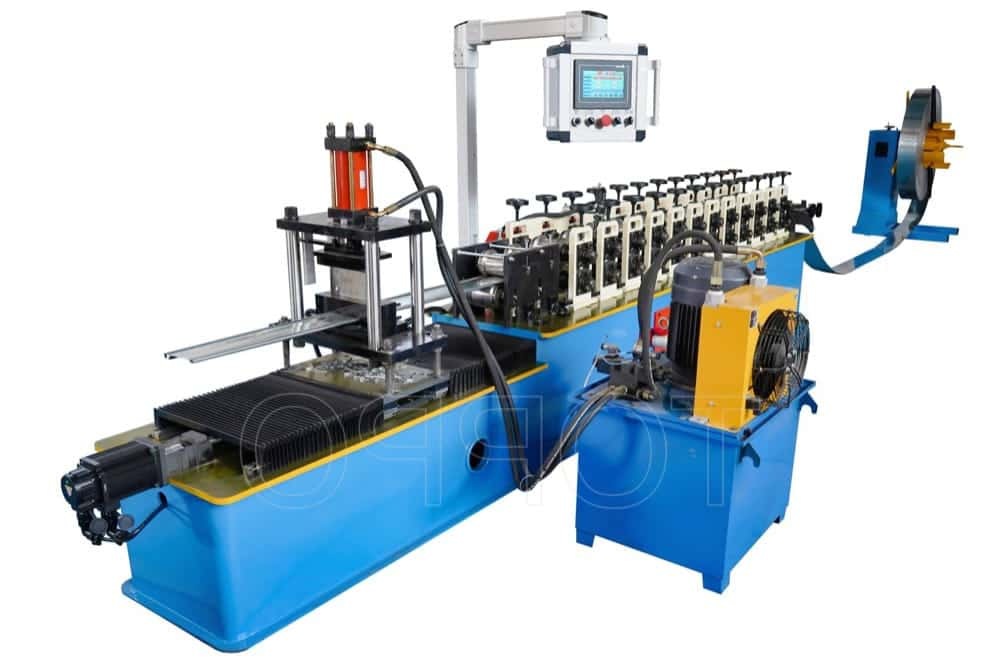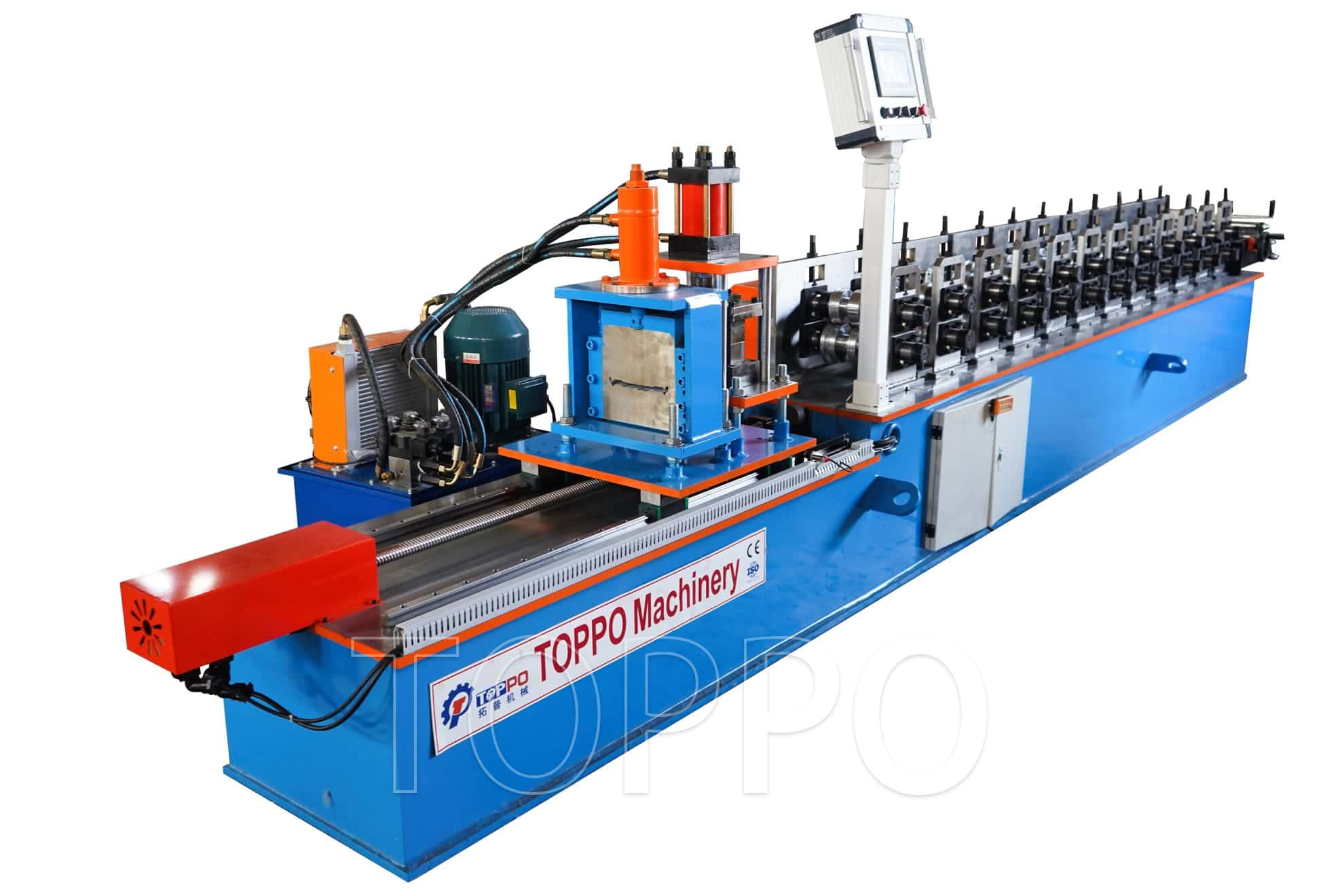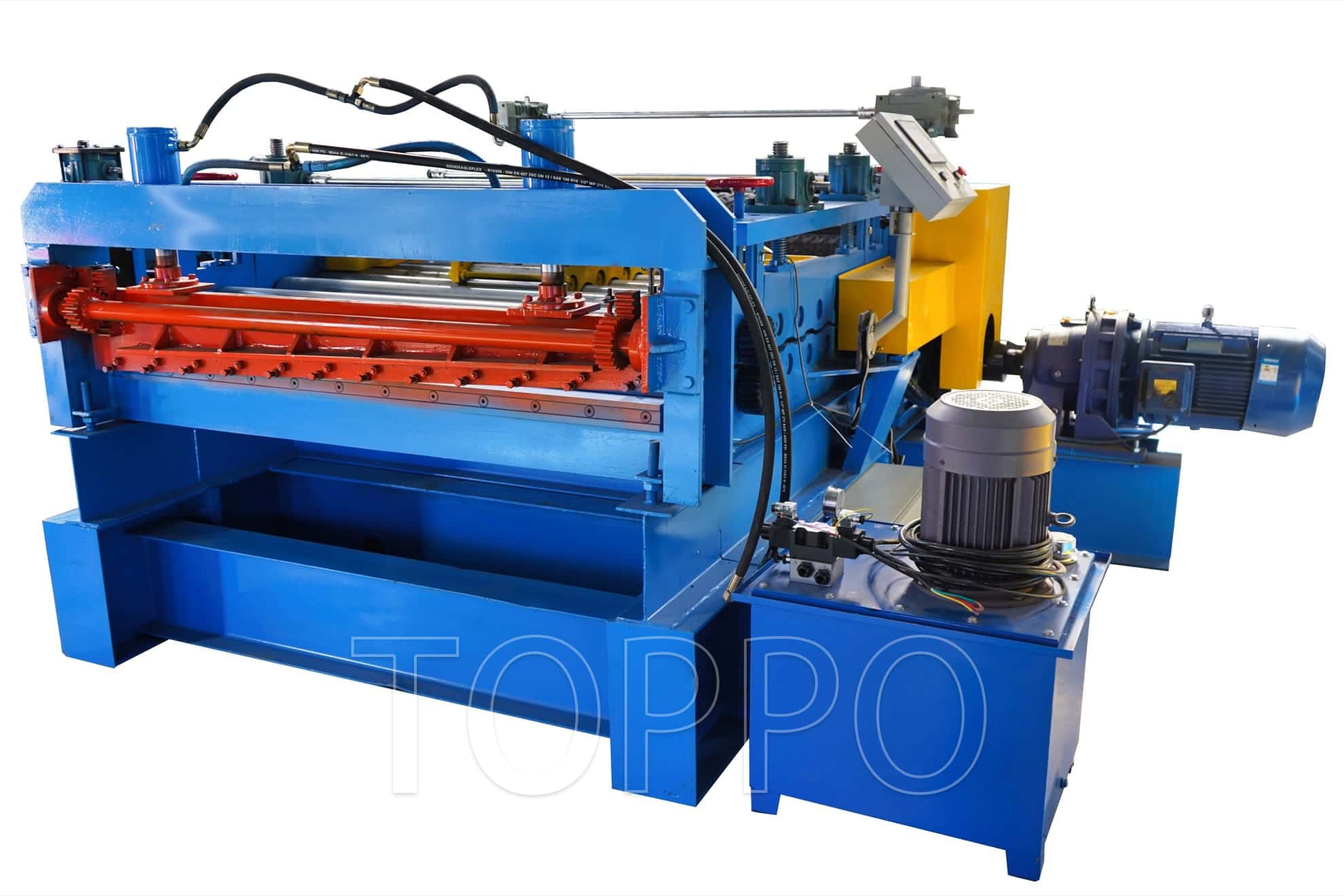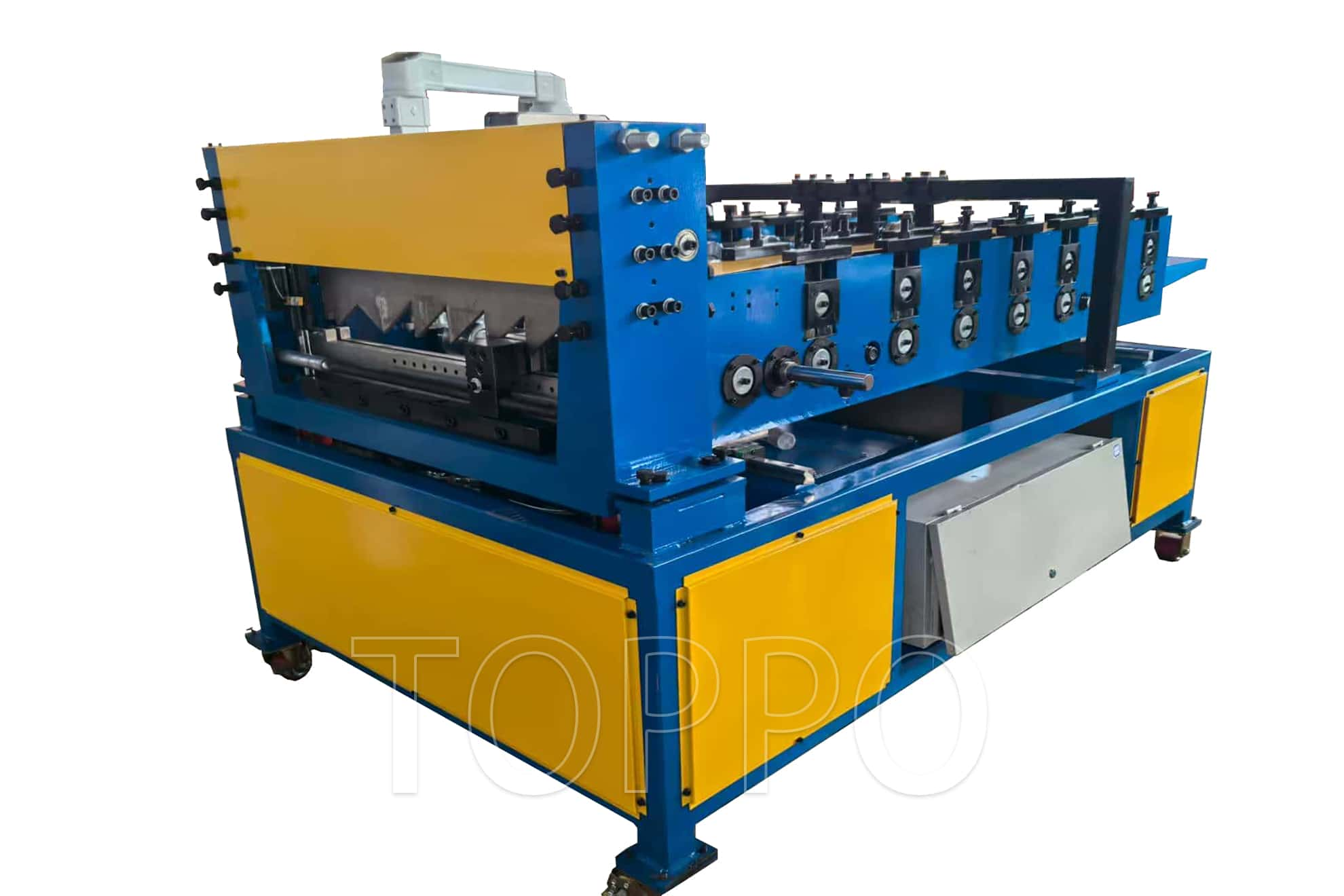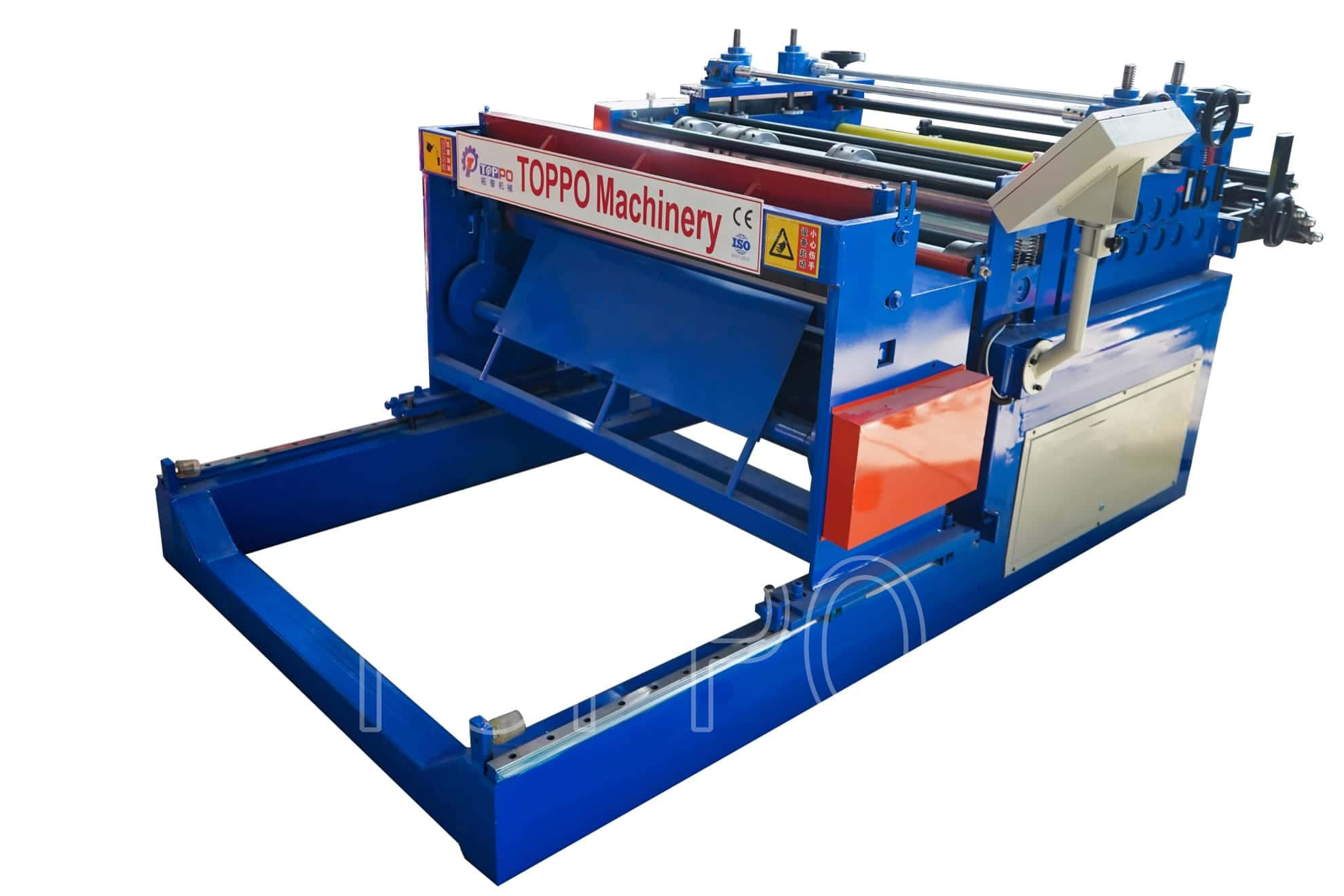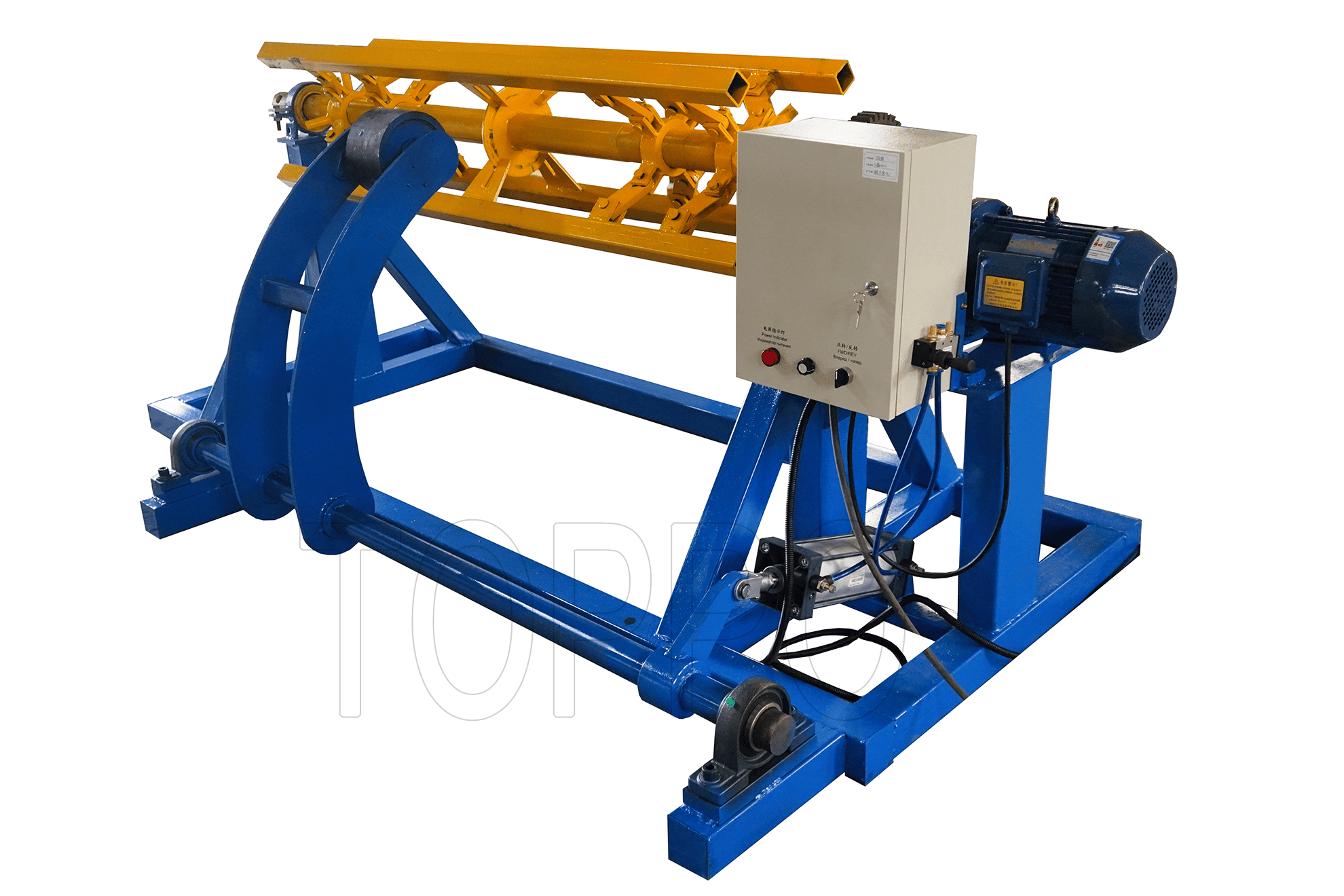- Trapezoidal Machine
- Corrugated Machine
- Glazed Tile Machine
- Double Layer Machine
- CZU Purlin Machine
- Ridge Cap Machine
- Floor Decking Machine
- Rolling Door Machine
- Fence Machine
- Embossing Machine
- Standing Seam Machine
- Cut To Length And Slitting Line
- Guard Rail Machine
- Decoiler And Stacker
- Stud And Track Machine
- Gutter And DownPipe
- Curving Machine
- Cladding Panel Machine
- Corollary Equipment
What Dealers Must Understand About Roofing Sheet Thickness and Machine Setup
For dealers and operators in the metal roofing industry, understanding the details of roofing sheet thickness and machine setup is not just about product quality—it's the foundation of business success. Using an Automatic Tr5 Tr6 metal trapezoidal roof panel roll forming machine requires attention to several critical details. In this article, we break down the most important steps, highlight easy-to-overlook pitfalls, and provide practical case examples to help you achieve optimal results in your production process.
1. The Importance of Roofing Sheet Thickness
The thickness of your roofing sheet directly affects the strength, longevity, and structural performance of the final roof panel. A common mistake is not verifying the actual sheet thickness versus the machine setting. Always use calibrated measuring tools to check thickness before starting a batch. Small errors can result in weak panels or excess material waste, impacting costs and reputation.
2. Preparing the Roof Panel Making Machine
Before setup, conduct a thorough inspection of your roof panel making machine. Ensure all rollers, guides, and cutting blades are clean and free of previous batch residues. Check lubrication points and adjust tension settings according to the manufacturer's recommendations for the specified sheet thickness.
3. Key Machine Setup Steps
Roller Adjustment: Precisely adjust the rollers on the trapezoidal roll forming machine for the selected sheet thickness. Use feeler gauges and micrometers to avoid over-tightening, which can cause waviness, or under-tightening, which leads to poor profile definition.
Feed Alignment: Misaligned feed material is a leading cause of off-spec panels. Carefully guide the sheet through the entry guides and run a short trial batch to check for consistent profile shape.
Blade Settings: Set the cutting blade clearance based on material thickness. Incorrect blade gap causes burrs or incomplete cuts, which create safety issues and extra manual rework.
4. Common Pitfalls and Mistakes
Ignoring the manufacturer's updated machine setting guidelines after replacing rollers or cutting parts.
Skipping sheet thickness verification before and after machine setup.
Using worn-out rollers that leave marks or deform the profile shape.
Neglecting to check fastener torque on the Automatic Tr5 Tr6 metal trapezoidal roof panel roll forming machine before extended runs.
5. Practical Case Example
A mid-size dealer in Southeast Asia recently struggled with excessive profile distortion. Investigation revealed that their setup team skipped the final thickness verification after machine cleaning. Correcting this step and updating their setup checklist resulted in a 20% reduction in production waste and more consistent panel output.
6. Summary of Best Practices
Always measure and record sheet thickness before setup and after the first test batch.
Document your setup steps and perform regular machine maintenance.
Cross-train staff on machine adjustment and sheet inspection to minimize operator error.
In conclusion, consistent attention to detail in both sheet thickness measurement and machine setup with your roof panel making machine and trapezoidal roll forming machine is crucial. Apply the above best practices to avoid common issues and ensure high-quality production every time.
SEO Keywords: Automatic Tr5 Tr6 metal trapezoidal roof panel roll forming machine, roof panel making machine, trapezoidal roll forming machine, roll forming machine setup, metal roof panel production, roofing sheet thickness, panel profile accuracy, sheet feeding adjustment, industrial metal forming, machine operation case study, setup error reduction, maintenance tips, roll forming process, operator training, equipment calibration, steel sheet profiling, manufacturing quality, cutting blade setting, material waste control, production efficiency, thickness verification, steel roofing panels, troubleshooting forming machine, trapezoidal sheet production, manufacturing optimization, case example, maintenance checklist, roof panel profile, fastener torque check, Southeast Asia dealer, machine adjustment, equipment inspection, profile shape correction, output consistency, roller replacement, operator error prevention, practical case, machine cleaning, production waste, steel material forming, cutting accuracy, manual rework, maintenance procedure, thickness record



